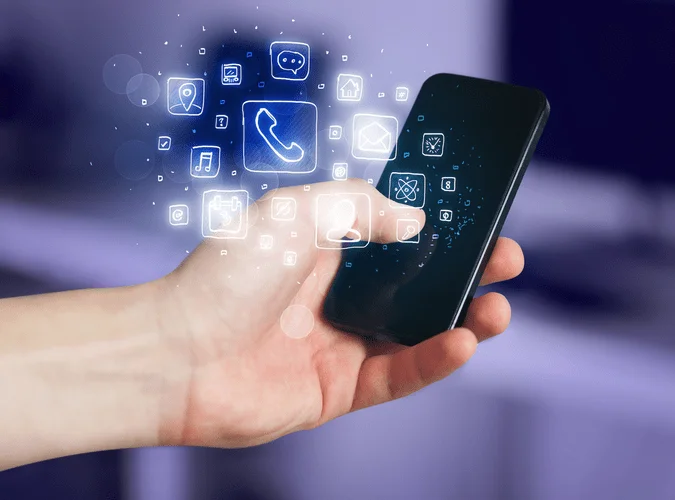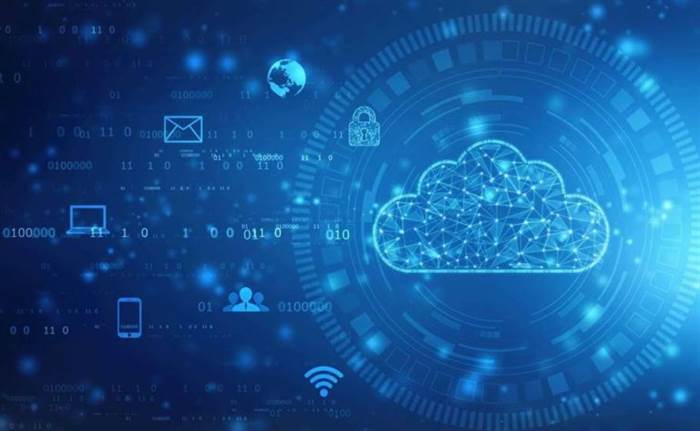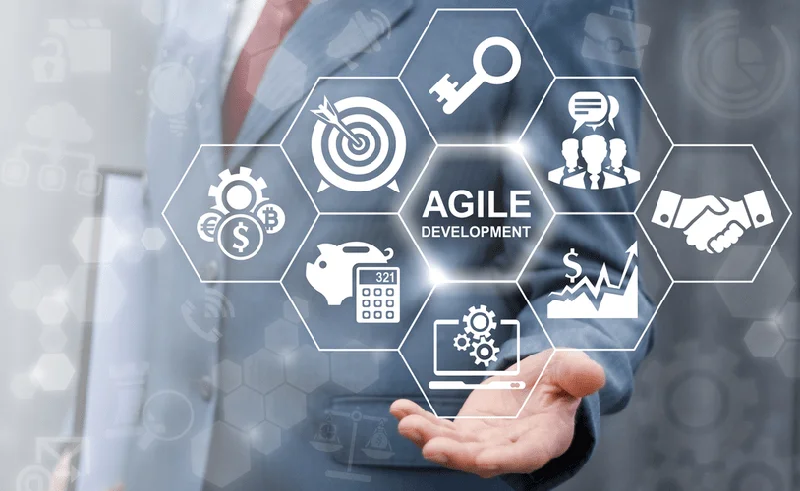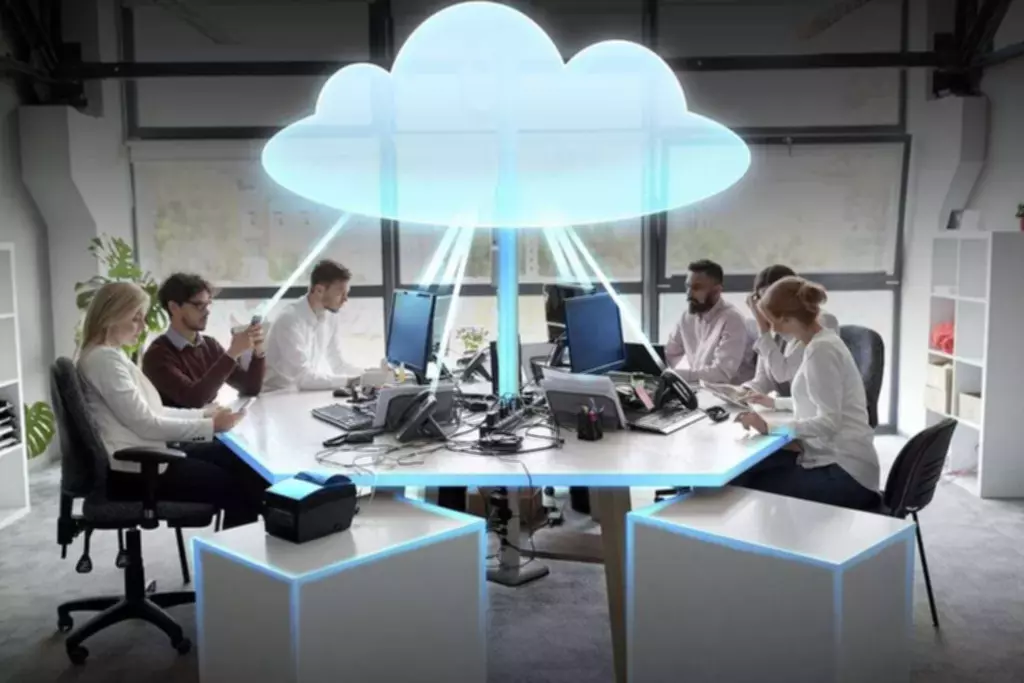So, it’s not simple to govern useful information compared to cloud computing with centralized information processing. The demand for info is growing the overall networking channels. And to deal with this, services like fog computing and cloud computing are used to shortly handle and disseminate information to the top of the customers. One of the approaches that may fulfill the demands of an ever-increasing variety of related gadgets is fog computing.
Whether you are contemplating a seamless cloud migration, exploring the possibilities of Kubernetes deployment, or harnessing the facility of AWS serverless architecture, Seaflux is here to lead the way. However, the disadvantage to this system is that the information despatched to the cloud is massive and may be inefficient. Unnecessary knowledge provides undesirable site visitors to the cloud, which causes latency.
There are a number of forms of fog computing, including client-based, server-based, and hybrid fog computing. It frees up bandwidth, as you can e mail a link to recipients as an alternative of emailing the file itself (which may be big in phrases of size). And it also permits employees to work from anyplace, because the files are always accessible from any internet-connected device. Looking at the larger image, after we eliminate unwanted and irrelevant knowledge, not only does it helps reduce latency, but additionally reduces the cloud storage requirement. Now the technology has even advanced to incorporate cloud with IoT with Edge and Fog computing.
Fog computing can additionally be able to offering a better experience to the end-using with features like prompt responses and zero downtime. The cloud targets a deep, long-term analysis because of a sluggish response. In contrast, doing the same with a local server may have taken weeks or months.
Azure Innovations: Exploring The Newest Advancements In Cloud Computing
Furthermore, scalability could be a problem if the variety of gadgets and data quantity will increase significantly. Despite these limitations, fog computing proves to be a viable option for IoT initiatives that require low latency, enhanced privateness, and offline capabilities. Before delving into the specifics of fog computing and cloud computing, it’s essential to understand the character of IoT projects and their distinctive necessities. IoT projects involve a community of interconnected gadgets that acquire and change knowledge in real-time. These devices can range from sensors and actuators to wearables and industrial machinery. The key requirements of IoT projects embody low latency, scalability, reliability, and information privateness.
For these causes, it is unlikely that fog computing will utterly exchange cloud computing. Ultimately, the choice between cloud and fog computing comes all the way down to the precise wants and necessities of a company, as every strategy presents distinctive benefits and trade-offs. Additionally, given its decentralized nature, fog computing is better suited to supporting extremely dynamic environments or those with low bandwidth connectivity necessities. Overall, fog computing and cloud computing similarities prevail from a high-level perspective, their individual strengths make them appropriate for different purposes inside the realm of recent expertise. In cloud computing, end-users experience a fast response time with the help of dedicated information facilities.
Fog computing is a component of cloud computing, and therefore, these are interconnected. In the pure world, you will note that fog stays closer to the earth than clouds. “Fog Computing,” like its namesake is murky, obscure, even mysterious, and within the context of edge computing – not very clearly understood. If you suppose that the fog and edge are terms of distinction without a difference, you’d be principally appropriate – which also means you’d be partially incorrect.
Most individuals do not understand the distinction between fog computing vs. cloud computing. Cloud computing is the on-demand provision of computer processing power, data storage, and functions out there over the web. Fog computing is a decentralized computing infrastructure or course of during which computing assets are situated between a knowledge supply and a cloud or another data heart. Fog computing is a paradigm that provides providers to person requests on edge networks. In terms of fog computing vs cloud computing, there are a number of necessary variations to contemplate. The major distinction between these two approaches lies of their respective locational consciousness.
Trending Applied Sciences
In distinction, fog computing can course of information in real time, making it ideal for latency-sensitive purposes. However, cloud computing does have its disadvantages, probably the most serious of which is security. If the server housing all your computing energy is compromised, worker and buyer information could probably be uncovered.
The most significant difference between cloud computing and fog computing is their location. Cloud computing is a centralized model where data is saved, processed, and accessed from a distant knowledge heart, while fog computing is a decentralized model the place knowledge is processed closer to edge devices. At a primary level, cloud computing and fog computing are similar in that they each contain the distant use of computing energy and resources. However, in terms of capacity, there are some essential variations between the 2 approaches. In basic, cloud computing is healthier suited to duties that require giant amounts of processing power, such as huge knowledge analytics and complex modeling.
Data Integration
In advocating one expertise over the opposite, supporters level to a slender set of variations. That “narrow set of variations” continues to be enough, however, to warrant a distinction. Contact us now or take a look at our sources to continue exploring cloud computing and much fog computing vs cloud computing more. Fog has a decentralized architecture with millions of small nodes that together comprise the whole community being as close as potential to the client hardware.
This blog covers quite a few matters on industrial automation such as operations & administration, continuous & batch processing, connectivity, manufacturing & machine management, and Industry four.zero. According to Statista, by 2020, there will be 30 billion IoT gadgets worldwide, and by 2025 this quantity will exceed seventy five billion connected issues. “Our article proposes a protocol that uses the network in an unconventional approach to make a document totally immaterial,” they write in the International Journal of Electronic Security and Digital Forensics. “By immaterial we imply that it is not localisable anyplace in its entirety.” Schedule a meeting with us here, and let Seaflux be your trusted companion in unlocking the potential of cloud innovation.
The healthcare trade is at all times in want of technologies to detect and tackle emergencies in real-time. Fog computing permits wearables, blood glucose displays, and other health units to search out out about crucial conditions, like a stroke, in advance. Its response time will vary as a result of bandwidth limitations and latency. Now, all of the distinguished cloud service providers give you a excessive level of safety.
- However, the drawback to this method is that the data sent to the cloud is huge and may be inefficient.
- To counter this problem, the collected data has to pass a fog layer before reaching the cloud.
- At present, solely a few third of all data collected by IoT sensors is analysed at source.
- In cloud networks, information must journey to the server from one user’s device and again all the method down to the other customers.
- Now the technology has even superior to include cloud with IoT with Edge and Fog computing.
- According to Statista, by 2020, there might be 30 billion IoT units worldwide, and by 2025 this quantity will exceed 75 billion connected things.
It relies on the thought of processing data on the edge of the network, versus within the cloud or in a centralized information heart. As a result, knowledge is processed sooner and more effectively with fog computing than with cloud computing, making it a more desirable possibility for purposes that require real-time responsiveness. Whether it’s streaming video or interacting in a digital setting, different traits of fog computing offer a stage of pace and agility that the cloud merely cannot match. On the other hand, fog computing is extra applicable for smaller-scale applications which have minimal bandwidth necessities. Fog computing makes use of a person networking panel for knowledge processing instead of using centralized cloud platforms. It permits users to store, calculate, communicate and course of information by letting them access the entry points of assorted service suppliers.
All these units will produce huge amounts of knowledge that should be processed quickly and in a sustainable way. To meet the rising demand for IoT solutions, fog computing comes into motion on par with cloud computing. The objective of this article is to check https://www.globalcloudteam.com/ fog vs. cloud and let you know more about fog vs cloud computing potentialities, as properly as their pros and cons. Edge computing is a computing structure that aims to convey computing closer to the supply of knowledge.
However, in fog networks, the knowledge will get processed at a local stage. Cloud computing has advanced safety measures in place to secure data in the cloud, while fog computing focuses on offering safety measures to edge gadgets. Fog computing is ideally a knowledge processing layer between the edge and the cloud. The fog layer receives the information from the edge layer before it reaches the cloud. The Fog layer processes the data and decides as to which data is related, and which isn’t. This pre-processing of data ensures, that solely required data is sent to the cloud.
To use the facilities of cloud computing, businesses can select pay-as-you-go pricing. Using fog computing means no complaints concerning the lack of connection. It uses a quantity of interconnected channels to ensure the most effective connectivity for any activity.



